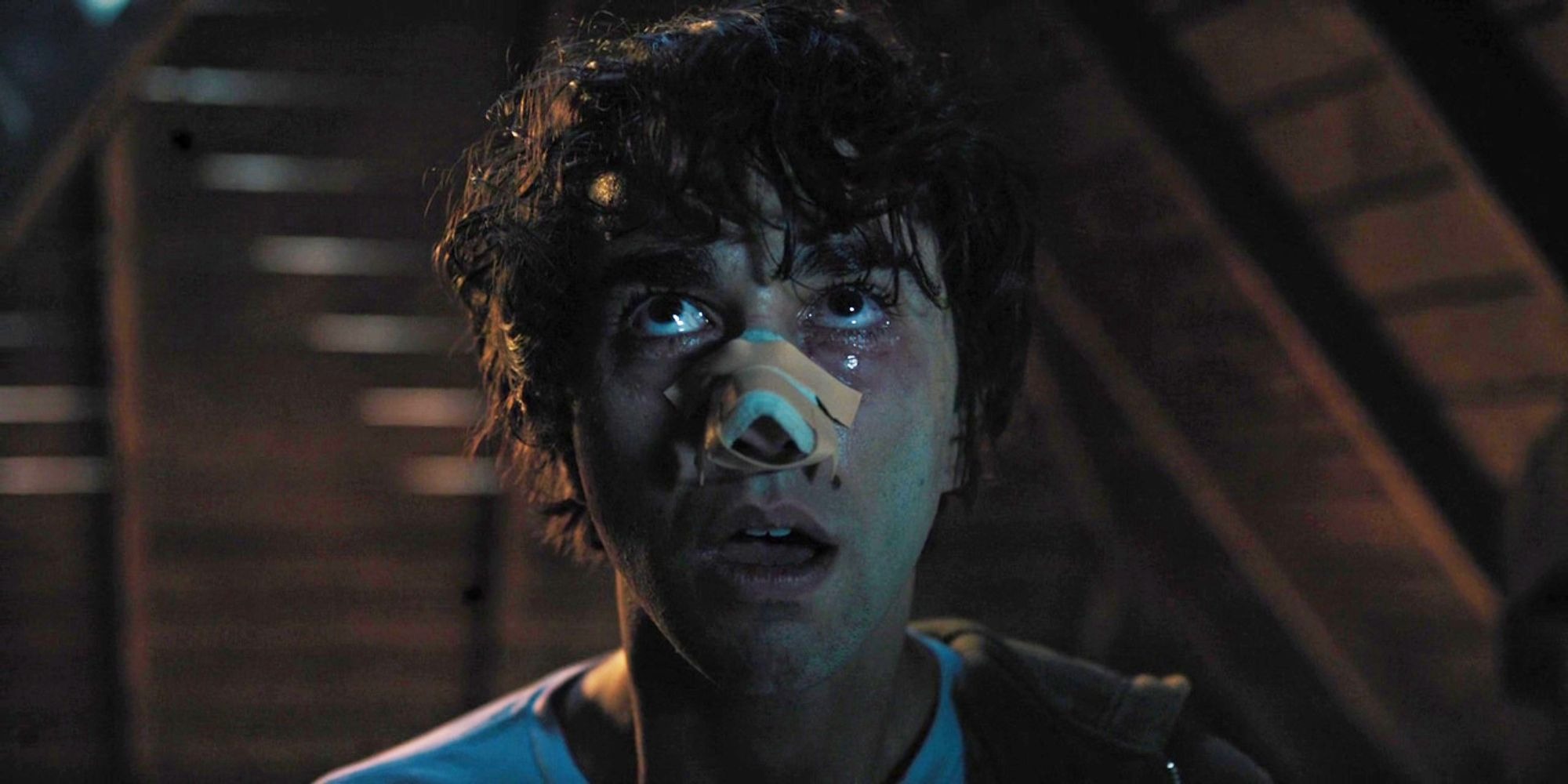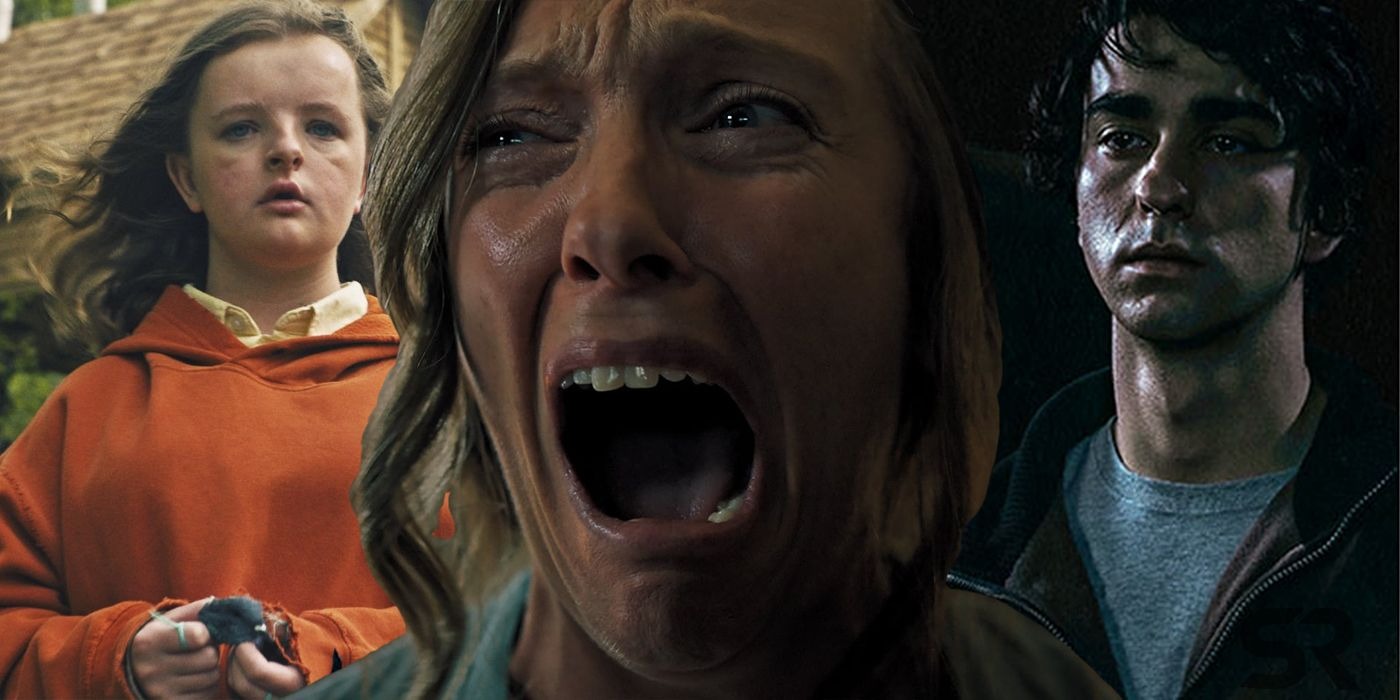Audiences are buzzing about the horror movie with an ending that leaves them shocked. Today, we’ll explore the themes, symbolism, and theories tied to the climactic twist in “Hereditary.” Fair warning—major spoilers lie ahead.
The story focuses on the troubled Graham family, who seem emotionally disconnected. When grandmother Ellen passes away, the family displays minimal grief. Steve, the father, is the most composed member, while teenage son Peter seems more preoccupied with drugs and parties.
Mother Annie attends a grief support group but shows little emotion regarding her mother’s death, given their strained relationship. Thirteen-year-old Charlie, perhaps the family’s most troubled member, appears to be the only one deeply affected by the loss.

Charlie spends her time crafting homemade toys, decapitating dead pigeons, and making eerie tongue-clicking sounds. Despite her unsettling behavior, she had a strong bond with Ellen and feels abandoned after her grandmother’s death.
A tragic chain of events begins when Charlie accidentally eats nuts at a party, causing a severe allergic reaction. As Peter drives her to the hospital while high, Charlie leans out the car window for air. Peter swerves to avoid an animal carcass, and Charlie is decapitated by a telephone pole.
Spiraling Grief and Supernatural Revelations
Peter is consumed by guilt and becomes emotionally withdrawn. Annie’s attempts to cope lead her to Joan, a woman who convinces her that communication with Charlie’s spirit is possible. During a séance, Annie appears to contact Charlie but grows terrified when she suspects her daughter’s spirit is malevolent.
Reality and hallucination blur until Annie discovers her mother’s connection to a cult that worships the demon Paimon. Evidence includes photos of Ellen and Joan together and the decapitated corpse of Ellen in the attic. The cult’s intentions are confirmed when Steve burns to death after Annie throws Charlie’s sketchbook into a fire.
A Gruesome Finale and Shocking Revelations
The chilling climax begins as Peter discovers his father’s burned body and his mother, now possessed, decapitating herself with a wire. Fleeing to the attic, Peter is surrounded by naked cult members. In desperation, he leaps from the attic window. Though it’s unclear if the fall kills or incapacitates him, a supernatural light enters his body.
Peter awakens with Charlie’s mannerisms, implying her spirit—and Paimon—now inhabit him. Drawn to the treehouse where cult members gather, Peter sees Charlie’s crowned head on a mannequin resembling her toys. Joan declares that Charlie and Paimon are now united, and with a male host, Paimon is crowned as a king of Hell.
Foreshadowing and Hidden Details
Though the ending feels abrupt, the film carefully foreshadows its events. Cult members attended Ellen’s funeral, and Annie’s brother died by suicide after Ellen tried to use him as a host for Paimon.
Ellen likely manipulated Annie into having children for the cult’s purposes. Paimon’s symbol appears throughout the film, including on the pole that killed Charlie, hinting her death was orchestrated.
The dollhouse imagery further emphasizes the Graham family’s lack of control, with the sets resembling dioramas of living toys. Writer/director Ari Aster confirms the ending is literal—Charlie is Paimon, and the horror is hereditary, whether viewed as a legacy of mental illness or evil. Either way, the Grahams are trapped in a nightmarish lineage.



